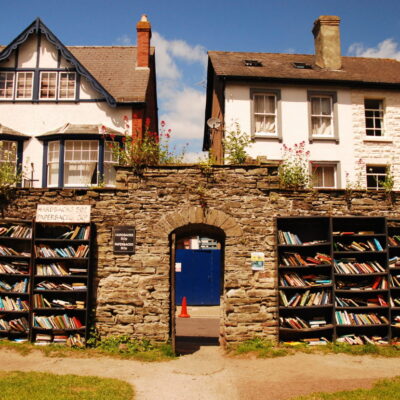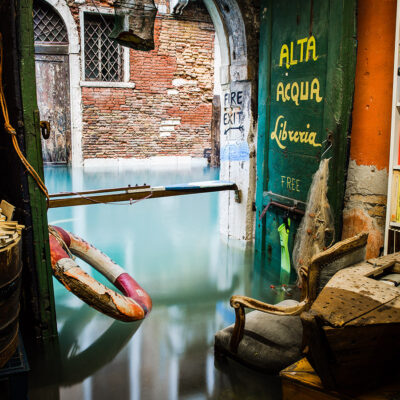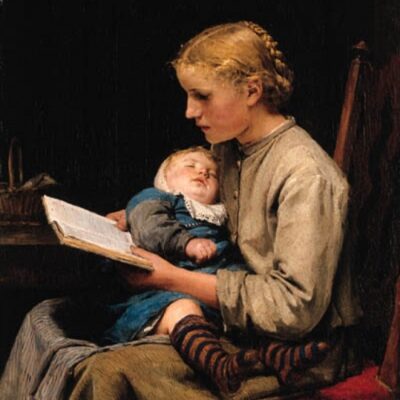Disappearing Earth by Julia Phillips
Published in 2019 by Alfred A. Knopf in New York, Disappearing Earth is Julia Phillips’ debut novel. The first chapter sets the tone for the author’s exquisite writing and introduces the reader to Alyona and Sophie, sisters who are kidnapped by the end of the chapter. If you think the rest of the novel is going to deal with their disappearance, you’ll be disappointed. This is not an investigative mystery but rather a novel about the sisters’ homeland, the remote Kamchatka Peninsula, and those who live there. I would categorize it as literary fiction: an exploration of a geographic area and its inhabitants within an invented story.
Exceptional descriptions of Kamchatka are plentiful throughout the novel. Roughly 900 miles long and lying in Eastern Russia on the Bering Strait, forty percent of the peninsula is covered by volcanoes, twenty-nine of which are active. “There are earthquakes, hot springs, extreme weather, brown bears, rivers turned blood red from spawning salmon, and vast frozen expanses. Not many people live there, though more do now than did during the Soviet era—Kamchatka was a closed military zone until 1989. There are no roads connecting it to mainland Russia and much of the territory is accessible only by helicopter (or dogsled).” [The Ideal Place to Disappear]
Fortunately for us, the author was granted a Fulbright scholarship to research the area from 2011 to 2012. This novel is the result. Its narrative is comprised of perspectives that shift from one Kamchatkan woman to another, all of whom represent the ethnic and cultural conflicts of each region in the Peninsula–the metropolis of Petropavlovsk-Kamchatsky in the south, where Alyona and Sophie are kidnapped; the town of Esso with its hot springs and wood cabins; and, to the north, Palana, a tiny city of Soviet architecture nestled in a valley at the foot of the Koryak Mountains.
In the chapter from which this quote is taken, Katya, a customs officer for Petropavlovsk-Kamchatsky’s maritime container port and Max, a researcher at the volcanological institute, are spending a weekend camping. In third person narrative, we learn Katya’s feelings toward Max (He has forgotten to pack the tent!) against the backdrop of the place in which she was raised.
The more time they spent with each other, the more she learned. If, one day, Petropavlovsk was flooded with lava, Katya feared she would know exactly which handsome researcher at the institute must have overlooked every sign of an imminent disruption. Max could not always keep track of what was important. He did not seem as excellent to her now.
For the length of this weekend, though, it would not matter. The smoke from their fire mixed with the steam off the hidden springs, making the night dense. Charred wood, rich sulfur, and cold earth: the smells of nostalgia. Her family had loved this place. After the USSR collapsed, there were no longer any restrictions on travel, no stop to movement; the Soviet military bases that had constrained the entire peninsula were shuttered, so Kamchatka’s residents could finally explore their own land. Katya’s family had gone as far north as Esso to meet the natives with their reindeer herds, west to see streaming craters, and south to pull caviar out of what had become unpatrolled lakes. She spent her youth in the brief reckless period between the Communists’ rigidity and Putin’s strength, and though she had grown into a boundary enforcer, inspecting imports and issuing citations, within herself there remained a post-Soviet child. Some part of her did crave the wild. [pp. 38-39]
Although this is a character-driven novel, it is the stunning beauty of Kamchatka, so clearly and precisely described by the author, that made this book a winner for me. Although I will probably not experience the beauty of the peninsula in person, I can pick up Julia Phillips’ novel again and again to appreciate this remote peninsula of extraordinary beauty.
Resources about The Peninsula include Remote Secret by Ciel Yogis and The Kamchatka Peninsula: Exploring Siberia’s Cold War “Forbidden Zone”
















